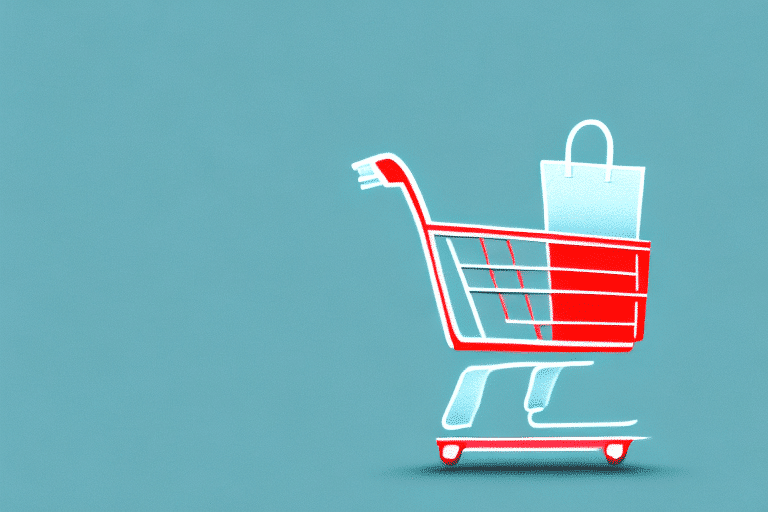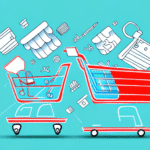Understanding Cart Abandonment
Cart abandonment remains a critical challenge for ecommerce retailers, with recent studies indicating that approximately 69.57% of online shopping carts are abandoned before purchase completion (Baymard Institute). This high rate not only results in lost sales but also highlights potential issues within the user experience. Addressing cart abandonment is essential for any online retailer aiming to enhance conversion rates and drive business growth.
Key Causes of Cart Abandonment
Unexpected Costs
One of the primary reasons customers abandon their carts is the revelation of unexpected costs, such as shipping fees, taxes, or additional charges, during the checkout process. These surprises can lead to feelings of frustration and mistrust, prompting users to abandon their purchases.
Complex Checkout Process
A lengthy or complicated checkout process can deter customers from completing their purchases. Multiple steps, excessive form fields, and unclear navigation can create obstacles that lead to cart abandonment.
Lack of Trust and Security Concerns
Customers may be hesitant to provide personal or financial information if they doubt the security of the website. A lack of visible trust signals, such as security badges or clear privacy policies, can contribute to higher abandonment rates.
Limited Payment Options
Offering a narrow range of payment methods can alienate customers who prefer alternative payment solutions. Catering to diverse payment preferences is crucial for minimizing abandonment.
Effective Strategies to Reduce Cart Abandonment
Simplify the Checkout Process
Streamlining the checkout process by minimizing the number of steps and reducing form fields can enhance the user experience. Implementing a guest checkout option allows customers to complete purchases without the need to create an account, thereby reducing friction.
Transparent Pricing
Ensure that all costs, including shipping and taxes, are clearly displayed early in the shopping process. Transparency helps build trust and reduces the likelihood of customers feeling misled by hidden fees.
Enhance Website Security
Displaying security badges, SSL certificates, and offering secure payment gateways can reassure customers about the safety of their transactions. Clear privacy policies and contact information further bolster trust.
Offer Multiple Payment Options
Providing a variety of payment methods, including major credit cards, digital wallets like PayPal and Apple Pay, and other popular regional payment solutions, caters to different customer preferences and facilitates smoother transactions.
Enhancing User Experience to Boost Conversions
Optimize for Mobile Devices
With a significant portion of online shopping conducted on mobile devices, ensuring that your website and checkout process are mobile-responsive is essential. A seamless mobile experience can significantly reduce cart abandonment rates.
Clear and Concise Product Information
Detailed product descriptions, high-quality images, and customer reviews help users make informed purchase decisions. Organizing information using bullet points or lists can make it easier for customers to absorb key details quickly.
Accessible Customer Support
Providing easy access to customer support through live chat, chatbots, or visible contact options during the checkout process can alleviate customer concerns and encourage them to complete their purchases.
Personalization
Tailoring the shopping experience by recommending products based on browsing history or previous purchases can engage customers and incentivize them to finalize their transactions.
Leveraging Retargeting and Follow-Up Techniques
Retargeting Campaigns
Implementing retargeting strategies through email reminders, social media ads, or display advertisements can effectively bring customers back to their abandoned carts. Personalized follow-up communications remind customers of their intended purchases and encourage them to complete the transaction.
Email Marketing
Sending timely and relevant emails, such as cart recovery emails with incentives like discounts or free shipping, can motivate customers to return and finalize their purchases.
Monitoring, Testing, and Continuous Improvement
Data Analysis and Metrics Tracking
Regularly analyzing cart abandonment rates and identifying trends or patterns is crucial for understanding the underlying causes. Utilizing tools like Google Analytics can provide valuable insights into user behavior.
A/B Testing
Conducting A/B tests on different elements of the checkout process, such as button colors, placement of form fields, or messaging, can help identify the most effective strategies for increasing conversion rates.
Continuous Optimization
Based on data-driven insights and testing results, continuously refining and optimizing the shopping experience ensures that the checkout process remains user-friendly and efficient.
Conclusion
Cart abandonment poses a significant challenge for ecommerce retailers, but by implementing strategic improvements to the user experience, simplifying the checkout process, and leveraging effective marketing techniques, businesses can substantially reduce abandonment rates and boost conversion rates. Regular analysis and continuous optimization are key to maintaining a seamless and trustworthy shopping environment that encourages customers to complete their purchases.




















